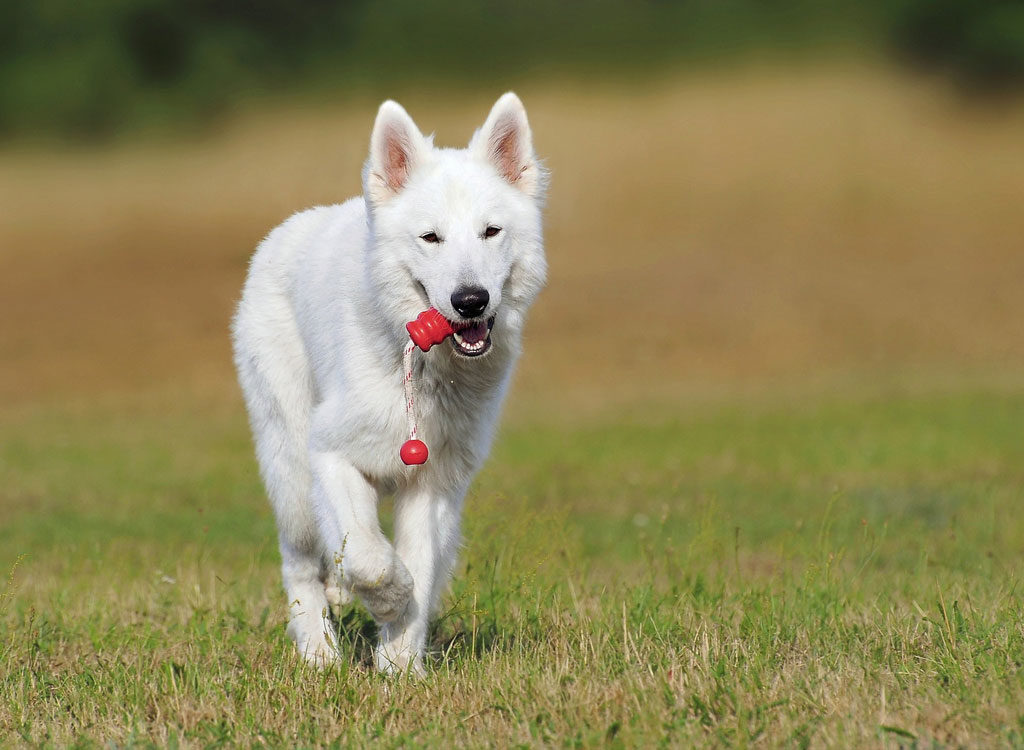They say that you can’t teach an old dog new tricks, but that’s not true if you’re using the right techniques. Older dogs respond to training if the trainer uses a strategic and thoughtful approach. If you’ve recently adopted an older dog and you’d like to train your dog, here’s what you need to know.
1. Bond First
Your dog should develop an innate desire to please you the longer you’re together. Before trying to train your adult dog, start by bonding. Spend time brushing your dog’s coat, saying kind things to your dog, rubbing your dog’s belly, and scratching your dog behind the ears. If your dog likes to play, spend time playing together in the yard.
2. Keep Treats on Hand
Treats are an excellent training tool for older dogs. Even if your older dog does not understand your commands or some of the rules of your house, your dog will understand treats and rewards. Keep treats on hand and easy to access. When a training opportunity comes up, grab the treats to reward your dog if they do something you like.
3. Have a Plan and Share It With Members of Your Household
Before you begin training your dog, establish rules of the house that your dog is expected to obey. This might include a list of rooms or places where your dog is not allowed to go or an expectation that your dog will spend time in the crate when you’re not at home.
Once the rules are in place, share these rules with other members of your family, and ask them to enforce those rules with you. The more consistently the rules are enforced, the easier it will be to train your dog.
Once the rules are in place, share these rules with other members of your family, and ask them to enforce those rules with you. The more consistently the rules are enforced, the easier it will be to train your dog.
4. Have Patience
Be patient with your older dog. Yelling at your dog may only succeed in confusing your pet and could even have a detrimental effect on your training. Your dog may need extra time to learn new behaviors, but given time and patience, you will succeed.
5. Know Your Dog’s Limitations
Older dogs have some physical limitations that younger dogs don’t have. Keep in mind that your older dog may not be able to run for extended periods of time and may need more breaks between training sessions.
If you’re trying to train your older dog to walk on a leash, avoid taking your dog out on the hottest summer days. Keep your training sessions fairly short, and watch your dog for signs of fatigue or stress.
If you’re trying to train your older dog to walk on a leash, avoid taking your dog out on the hottest summer days. Keep your training sessions fairly short, and watch your dog for signs of fatigue or stress.
6. Keep It Simple
Start your training by teaching your dog very simple, basic commands. Sit is an excellent starter command because it can be taught relatively easily by pushing down on your dog’s rear until he’s in a sitting position. Say the word “sit” as you do this. Once your dog understands to sit, move on to other commands.
7. Take Your Dog to Obedience Class
Dog trainers know things about older dogs that most people don’t know. Working with a dog trainer is an excellent way to reinforce the lessons you’re trying to teach your dog at home. You might also learn some new tricks that can help you provide a good training environment at your house.
When seeking out an obedience class, look for a trainer who has experience working with older animals. While your dog is likely to get something out of any obedience class, the best learning environment for your dog is a class that is designed for an older dog’s learning style.
For more information about how you can help your older dog learn new tricks, contact Elite Dogs Training and Boarding. We’ll be happy to answer your questions and give you the information you need in order to help your dog succeed.
When seeking out an obedience class, look for a trainer who has experience working with older animals. While your dog is likely to get something out of any obedience class, the best learning environment for your dog is a class that is designed for an older dog’s learning style.
For more information about how you can help your older dog learn new tricks, contact Elite Dogs Training and Boarding. We’ll be happy to answer your questions and give you the information you need in order to help your dog succeed.

